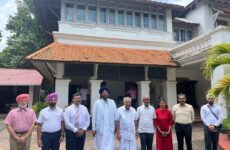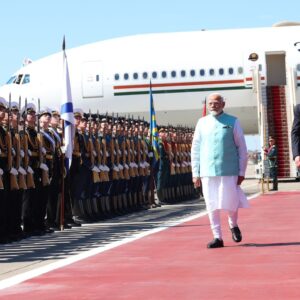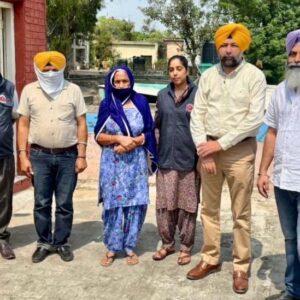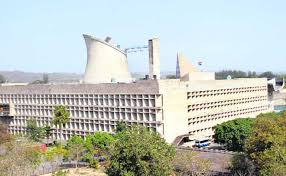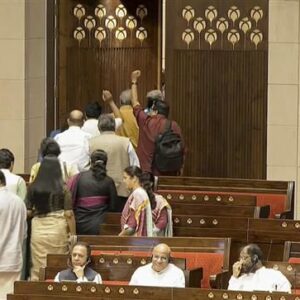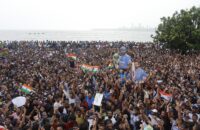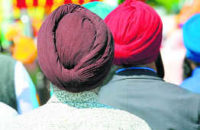The NDA Government’s move to make Article 370 of the Constitution inoperative has paved the way for seamless and complete constitutional integration of Jammu and Kashmir into the Indian Union as it makes laws enacted by Parliament automatically applicable to the state—which has been sought divided into two union territories.
The Constitution (Application to Jammu & Kashmir) Order, 2019, is being seen as a political masterstroke that divided the opposition as many of them sided with the central government. Even several Congress leaders defied the party line to support the historic move.
Added to the Constitution as a “temporary” provision, Article 370 restricted Parliament’s power to make laws for Jammu and Kashmir. To extend laws made by Parliament to the state on subjects mentioned in Union List and Concurrent List corresponding to subjects mentioned in Instrument of Accession i.e. Defence, External Affairs and Communications, consultation with the state government was needed.
Second, to extend laws made by Parliament to Jammu and Kashmir on other subjects mentioned in Union List and Concurrent List, concurrence of the state government was required.
However, Article 370(1)(d) authorised the President to issue orders to extend other provisions of the Indian Constitution subject to such exceptions and modifications.
Further, Article 370(3) empowered the President to declare that the Article shall cease to operate or shall be operative only with such exceptions and modifications and from such date as he may specify.
Contrary to popular perception, Article 370 has not been abrogated. Technically speaking, it still remains a part of the Constitution. But it has been rendered inoperative by the latest Presidential Order, which supersedes earlier ones.
Use of powers conferred on the President to declare that Article 370 shall cease to operate cannot be questioned legally as the Supreme Court has upheld his powers to issue Presidential Orders under this provision.
The decision directly benefits thousands of refugees from West Pakistan and members of Scheduled Castes whose forefathers went to the state in 1957 from Gurdaspur and Amritsar during strike by ‘safai karmcharis’ as they had been denied all sorts of benefits, thanks to Article 35A.
Now, as a necessary result of declaring Article 370 inoperative, Article 35A—which was added to the Constitution through a Presidential Order in 1954 using Article 370(1)—automatically goes.
Article 35A—which empowered the Jammu and Kashmir States Assembly to define “permanent residents” of the state and confer special rights and privileges on them—discriminated against non-permanent residents in employment under the state government, acquisition of immovable property in the State, settlement in the state and right to scholarships. It also protected the discriminatory provision by declaring that it shall not be void on the ground that it is inconsistent with or takes away or abridges any rights conferred on citizens of India by any provision of this part and denied property rights to woman marrying men from other states. This legal disability also applied to heirs of such women.
The only question is about using the Article 370 route to add clause 4 to Article 367, which says the expression “Constituent Assembly” in Article 370(3) should be read as “Legislative Assembly”. Could it be done through a Presidential Order or it needed a Constitutional Amendment under Article 368? The Supreme Court will answer it as validity of ‘The Constitution (Application to Jammu & Kashmir) Order, 2019’ has been challenged.




 Driving Naari Programme launched in Chandigarh
Driving Naari Programme launched in Chandigarh



